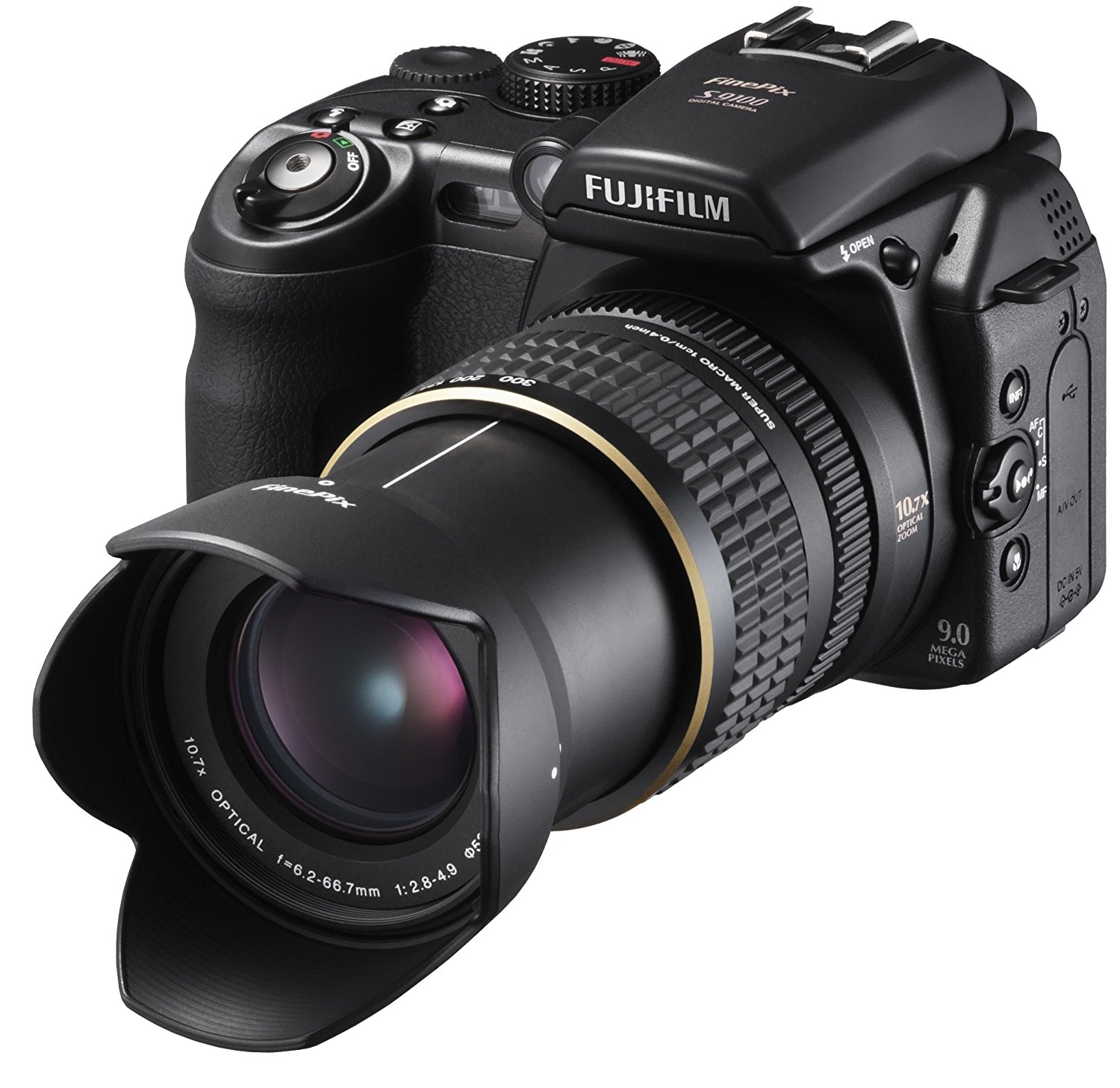Technology of Camera
Camera - It helps us to save our memorable moments.

Do you have similar website/ Product?
Show in this page just for only
$2 (for a month)

0/60
0/180
A camera is an optical instrument for recording or capturing images, which may be saved locally, transmitted to another location, or both. The camera is a remote sensing device as it senses subject without any contact. The modern photographic camera evolved from the camera obscure. The functioning of the camera is very similar to the functioning of the human eye.
Basic Elements of Camera
- Viewfinder
- Data display
- Aperture
- Lens element
- Shutter release
- Electronic sensor
Digital Camera
A digital camera records and stores photographic images in digital form. Many current models are able to record image and videos. Capture is usually accomplished by use of a photosensor, using a charged coupled device. These stored images can be uploaded to a computer immediately.

Main types of Digital Camera
There are two types of digital cameras in the world today. First one is a non-SLR digital camera, the second one is SLR digital camera. A non-SLR digital camera is a digital equivalent of a point and shoots film camera in that lens is built into the camera and cannot be removed. By contrast, SLR digital camera is a digital version of the 35mm camera. You can easily remove the lens from digital SLR camera. You are seeing what the lens of the camera actually sees.
The functioning of the camera is very similar to the functioning of the human eye. Human eye lens which focuses light onto the retina. In camera, to focus light onto the photosensitive surface at the back of the camera. This can either be photographic film or a CCD.
Human eye ciliary muscles which stretch or slacken the suspensory ligaments to adjust the shape of the lens. In camera, allows the user to adjust the focus for nearer or more instant objects.
Eye iris adjusts the amount of light entering the eye through the pupil. In camera, allows the user adjust the amount of light entering into the camera in different light condition. Allows the user to adjust the length of time that light enters the camera, which controls the amount the light to which the photosensitive surface is exposed.
Human eye retina detects light and converts it into electrical impulses which are sent to the brain. In camera, detects and records the light which is focused onto it. This can be on photographic film, but digital cameras use CCDs which converts light into electrical signals which can be stored.
CONTINUE READING
Technology
Hemavathi
Project Engineer
